Once famed as a green and pleasant land for its verdant and varied habitat, the UK now ranks as one of the most nature-depleted countries in the world. This comes as no surprise to those with an interest in the countryside who have witnessed what has happened to it. Compounding the corruptions of big business in water pollution and chemical abuse, farmers and landowners have independently taken it upon themselves to desecrate the incomparable wildlife havens and corridors once afforded by the British hedgerow.

Mature hedge lines with thick, knotted pleachers running horizontally at the base of the plant were allowed for most of their lives to fruit and flourish across the landscape, with billowing canopies homing songbirds and small mammals along with insects of all kinds. They created a vibrant, living vista that all who encountered it loved to be in, for people would rejuvenate in the blissful environment such abundance created. We would watch yellowhammers (now on the Red List) perching atop the branches and hear hedgehogs (also on the Red List) rustling in the undergrowth. We’d hear sounds from every quarter, and marvel at the flocks of fieldfares and redwings that we see in small handfuls if we’re lucky enough now.
Two decades or so on from the sudden popularity of tractor blade machinery, we have a different world to live in. A walk in the fields is now barren and quiet, bar the odd skylark and the cries of carrion-eaters. Hedge lines are normally reduced to sticks in early autumn with no capacity for shelter or offerings of food. Ancient pleachers are left exposed to the elements, skeletal in their lifelessness, vestiges of moss still clinging here and there. No longer do finches skitter along the hedge line or thrushes dive out as we walk by – these oncecommon sightings are rare now, and there is no valid reason why they should be. To keep things that way takes time, labour and diesel, apparently without financial reward.

Thugging – the hugging of a hedge with tractor blades on an annual basis – has been the downfall of many species as observation attests, but lack of research into the exact causes of dramatic population declines has led to little action being taken in defence of hedgerows. Recently the Avon Wildlife Trust identified a spot where dormice had been found; 24 hours later a contractor had cut the hedge back in that very place. Is this the overriding attitude we face, or is the farming community readily alive to the need for change and prepared to restore the health and welfare of the countryside.
DEFRA held a consultation last year and have pledged improvements to environmental controls, but the treatment of mature hedge plants is still a matter for interpretation. Some charities are coming forward to press for change but at present the information resource is sketchy and inconsistent.
The British Trust for Ornithology has a data-only remit, while the RSPB is making attempts to address the hedgerow issue but like other organisations in the public eye it fails to pinpoint the heart of the matter – that annual hard cutting results in;
● Removal of foodstuff on which wildlife depends
● Removal of shelter for rest and hibernation
● Removal of sward at the base of the hedge line where insects overwinter and breed
● Restriction of new growth in spring
● Restriction of capacity to absorb surface water
● Reduction of foilage throughout the year providing carbon sink
● Loss of adequate protection from predator attack
These detrimental factors in combination represent a war needlessly fought at a time when we most need carbon absorption and our mental health is known to be affected by quality of environment. No more can it be good for farmers and their children to live in a sterile landscape than for one who walks the dog to be deprived of the landscape’s invigorating properties. Whatever value one may place on wild lives, there has to be something wrong with becoming one of the most nature-depleted countries known to man.

Hedgerow Defenders is currently in conversation with several national bodies whose vested interests in farming, wildlife and the rural environment put them in contention to publicise the facts as they are known. With a long list of threatened species under pressure from all sides of human intervention, a coherent message will help contractors and landowners to understand the critical importance of changing their hedge-management practice before
cascade failure permanently obliterates iconic populations. They instead bring the uniquely British hedgerow back to life.

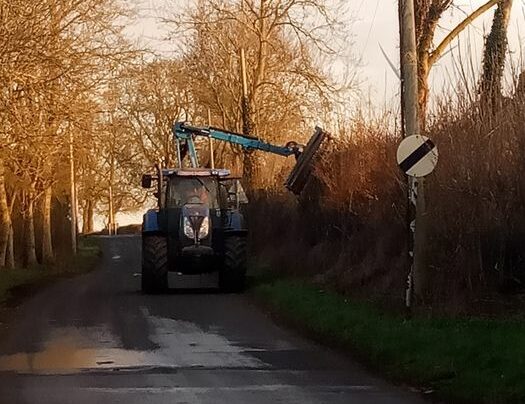
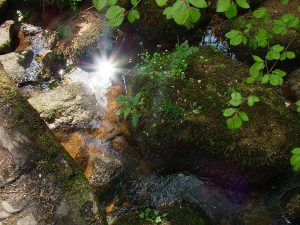
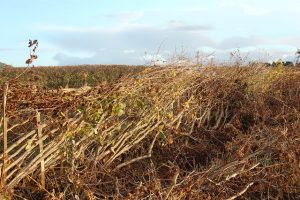
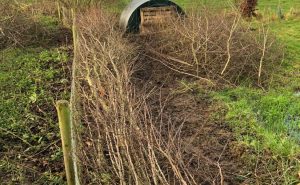
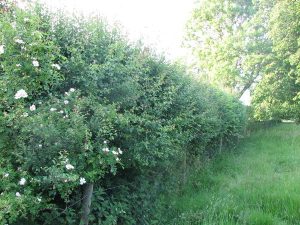
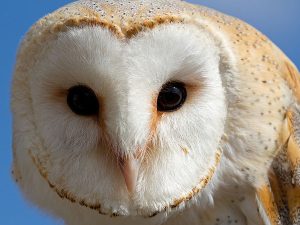
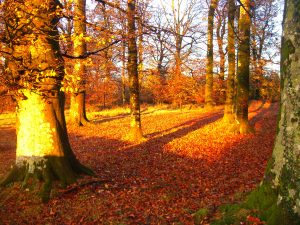
1 Comment
We moved to a smallholding coming up to retirement 18 years ago, and still have a small number of elderly livestock animals. We were horrified at the savage hedge trimming regime, and stopped it. Some hedges have been laid, some left to do their own thing., roadside hedges are still trimmed for traffic safety, but left alone inside to thicken up. Some of our neighbours do things differently, but if you walk around the area and listen to the birdsong you can can hear the difference. And we saw our first hedgehog in the autumn. Nature responds when we return to more natural methods .